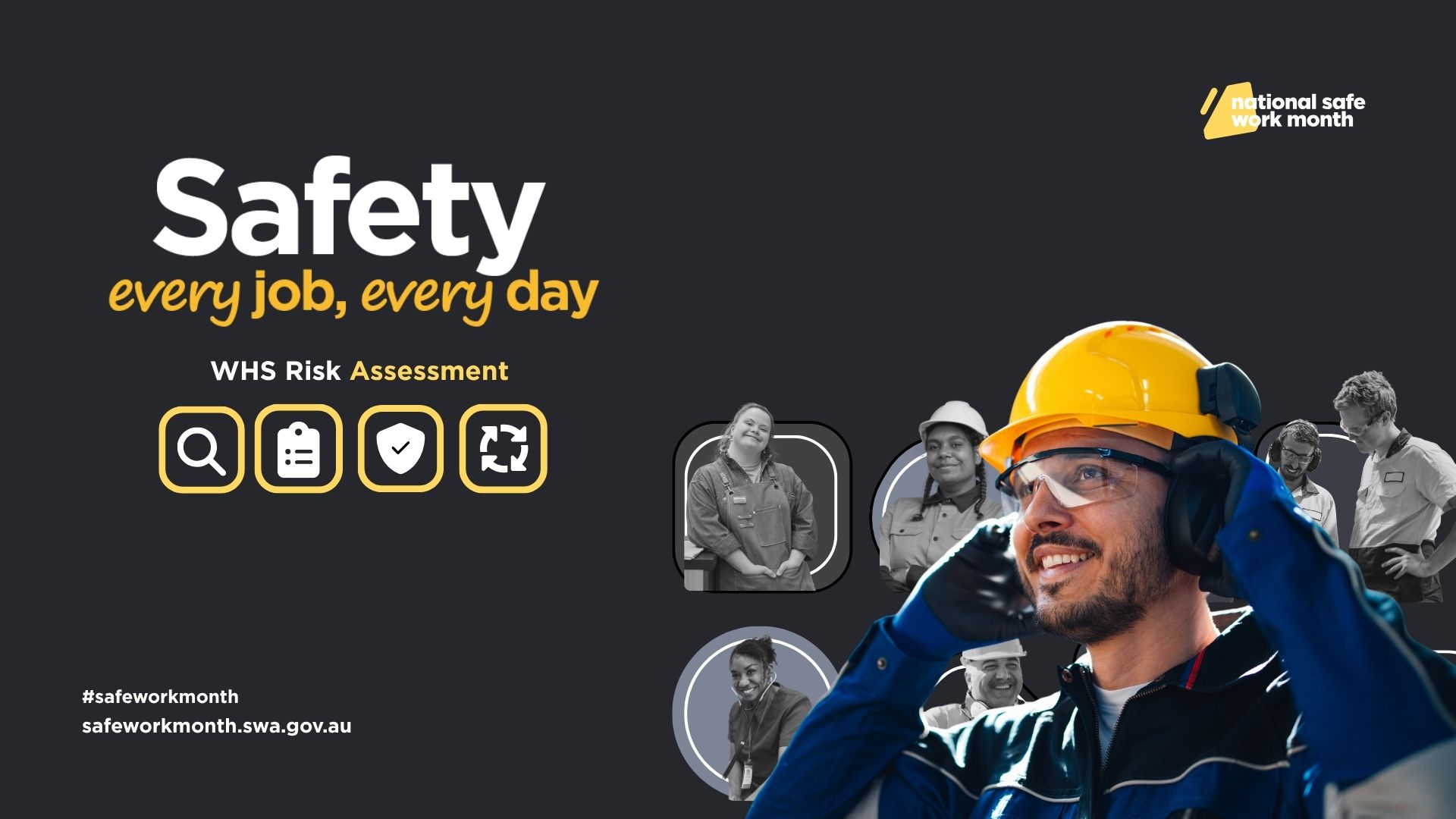Do we need a new view of safety?

Paul Stretton, independent safety consultant and academic and Head of Research & Innovation at MedLed, looks at Safety II, Safety Differently, the New View and discusses how they apply to the safety profession in a post-COVID world.
Since its royal assent there are few more immediate demonstrations of the success of the HASAW than Blue Peter. Just three years after the Act became law, John Noakes scaled Nelsons Column via an intricate lattice of ladders. His pre-start briefing reassured Noakes on the safety of the ladders for his 180ft climb, “they’re very secure like, you know?” He paused repeatedly to rest; “otherwise your muscles weaken, and you could easily fall”. Noakes then helped clean pigeon droppings from the Column as his colleague chuckled “this is what we do every day of the week”.
Roll forward to 2015 and presenter Konnie Huq repeated the task. She walked up the 250 steps of stairs that ensconced Nelson, resplendent in her PPE and fitted with a full-face visor during removal of the droppings. Without doubt, our approach to risk management has improved significantly during intervening 38 years even if Children’s TV lacked the sense of jeopardy that it once did.
The “Old View” of safety is how most of us would have been trained. It gave us the HASAWA. It is the world of risk assessments and hierarchies of control. We have safety triangles and Swiss Cheese Models. We are taught to find the Root Cause of incidents and have a Just Culture to help create trust and fairness in our risk management approach. The results are in, and they are conclusive. The “Old View” has worked and worked well. Given its success, why is there an ever-increasing interest in what have been collectively called “New Views” of safety? What are they?
One of the New Views that has gained traction with safety professionals is Safety II. Proposed by Erik Hollnagel, he argues that safety should not be defined as reducing the amount of things that go wrong – which he considers to be the Old View (Safety I), rather safety should be defined by as many things as possible go right. This does mean Safety II is simply positive spinning, or being proactive. It does not mean we only learn from best practice. It is a different perspective of our work systems. Within this he persuasively critiques the onus organisations place on Near Miss reporting as a result of a misinterpretation of The Safety Triangle. He also challenges the value of models for causation that can’t offer an explanation for outcomes that are not adverse such as The Swiss Cheese Model or The Domino Theory.
Those interested in, or persuaded by Safety II are often left with more questions than answers. What does this mean in practice? Even if someone agrees with the ‘hypothesis of different causes’ critique, how does someone begin to analyse an event that isn’t adverse? What do we measure, and when, if we are trying to create conditions for success rather than react to failure? As a result of this ambiguity, people can convince themselves they are implementing Safety II methodology when in reality their system is still very much Safety I.
Safety Differently
Sidney Dekker advocates a ‘Safety Differently’ approach. Safety Differently defines safety “as capacity to be successful in varying conditions.” Dekker also advances that “people are a solution to enable or facilitate”, which is one of many nods towards Hollnagel’s work. Dekker considers Safety Differently to be a revised mental model of safety where organisations learn from normal work and engage with workers exposed to the risks to identify appropriate ways to manage the risks. Whilst the idea of workforce engagement could hardly be considered to be a new principle within safety management, the more holistic view of organisational safety combined with a concept of grass roots change is an approach that has garnered traction across a number of industries for good reason.
The current situation is a cocktail of ideas and terms. Old vs New. Safety I or Safety II? Doing things the same or differently? This increasing muddled tribalism within safety is unhelpful. We lack clarity of purpose and execution. Perhaps asking if we need a New View isn’t the question we should be asking? Maybe we are better served asking if the current view is suitable and sufficient for the modern workplace? If the development of New Views infers the answer to that question is no, then why?
Our classical approach to safety encourages a linear view of work. We see work in flowcharts, organisational hierarchies and even layers of cheese. From one viewpoint these can be helpful. From another they lack the depth to understand the modern workplace which produces work as a result of complex networks. We don’t work in a flowchart. We work in an intricate ecosystem. Unfortunately, our approach to safety lacks the language to articulate this change.
Safety II
Hollnagel argues that if organisations only reacted to adverse events, opportunities to learn that are missed. This is an important argument. In defining Safety II, however, Hollnagel continues the conversation on safety based on outcomes. We like to operate in a world of good vs bad, but in our modern, complex networks this is too simplistic. Rarely are decisions obviously right or wrong. The modern workplace often has competing goals and people working with incomplete information. Much like a game of Paper, Scissor, Stone, a persons’ decision can only be judged as successful once other people have also made theirs. Understanding this means that terms such a Human Error or Root Cause have little value or validity. Our systems, therefore, need to be reconfigured. No longer should we react only as a result of hindsight. Shunning a fascination of outcome classification to learning about the process of work whatever the nature of the outcome would change the game entirely.
Once we have embraced the true complexity of our work and developed systems founded on learning from the process rather than reacting to the outcome we have one further challenge to consider. Within industries that are highly regulated it is easy to understand why people don’t change anything until it is broken. Yet, how often do post incident recommendations create tangible improvements? How often do they create ancillary issues? Not to mention the endless collection of safety clutter bloating system. We don’t know for sure. We simply don’t collect real evidence. Future changes to a system, whether we add or subtract, ought to be subject to robust analysis. We need intelligent data about the system, not a collection of statistics. This will create an ability to reverse course should there be no evidence that the change implemented actually helps. The measure of a system should not be how lean or resilient it is. It should be about its ability to improve.
Some may decide that a New View of safety is not needed. That is perfectly reasonable. Rather than not waiting to fix something until it is broken, some may be tempted to mend the roof whilst the sun shines. An organisation that embraces their intricate ecosystem, moves away from linear models and drives wholesale improvement based upon evidence and collaboration would be at the vanguard of risk management. It would be worth much more than a Blue Peter badge.
Paul Stretton is an independent safety consultant and academic and Head of Research & Innovation at MedLed. For more information on his work please visit www.quantum-safety.com or connect @psquantumsafety.
His book “Quantum Safety” is out now, which provides comprehensive review of existing approaches to safety are revisited as well as an integrated approach for the modern, complex workplace developed. This includes new approaches to understanding causation, organisational performance, post event debriefing, as well as a complete revision of the Just Culture concept.





